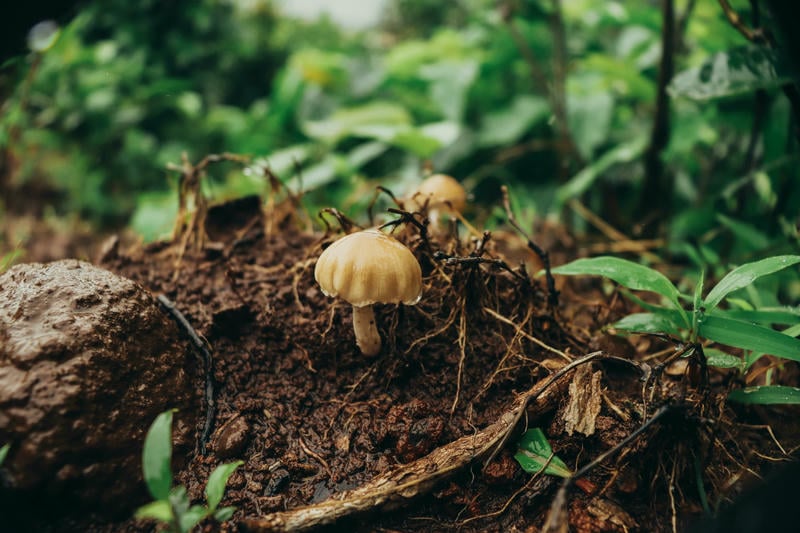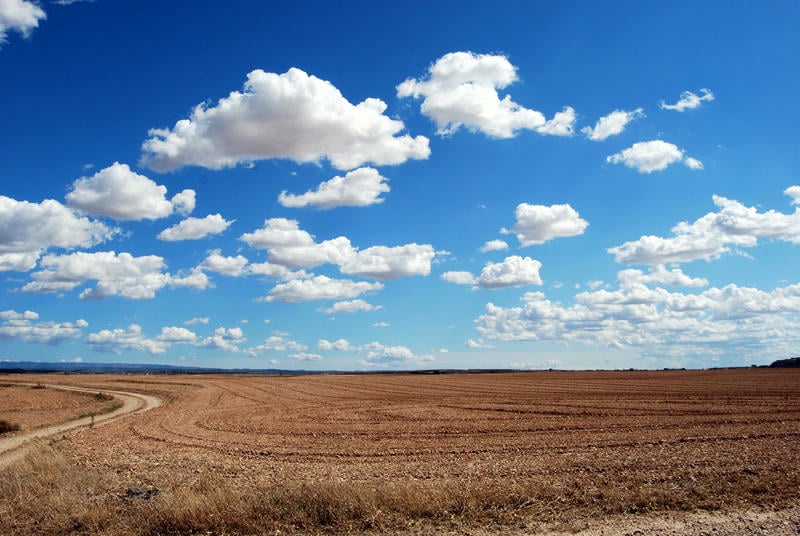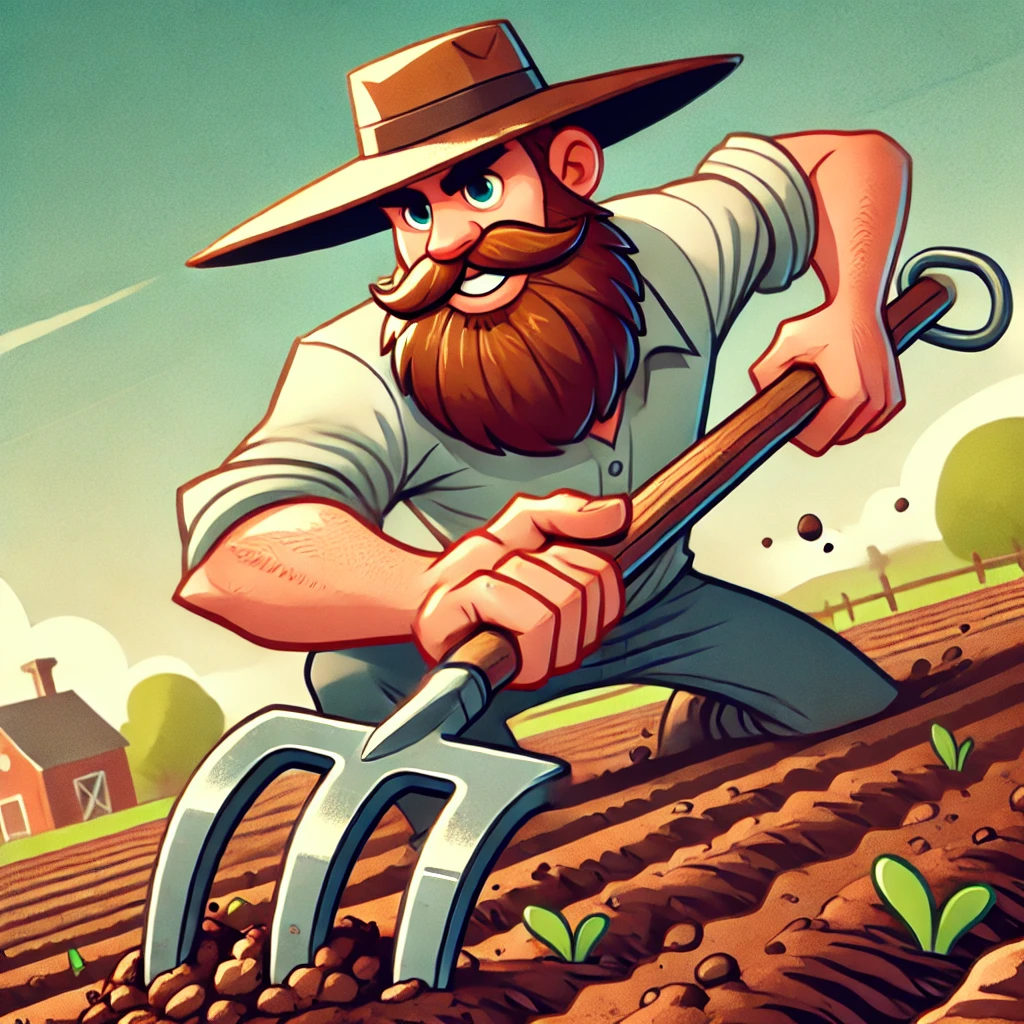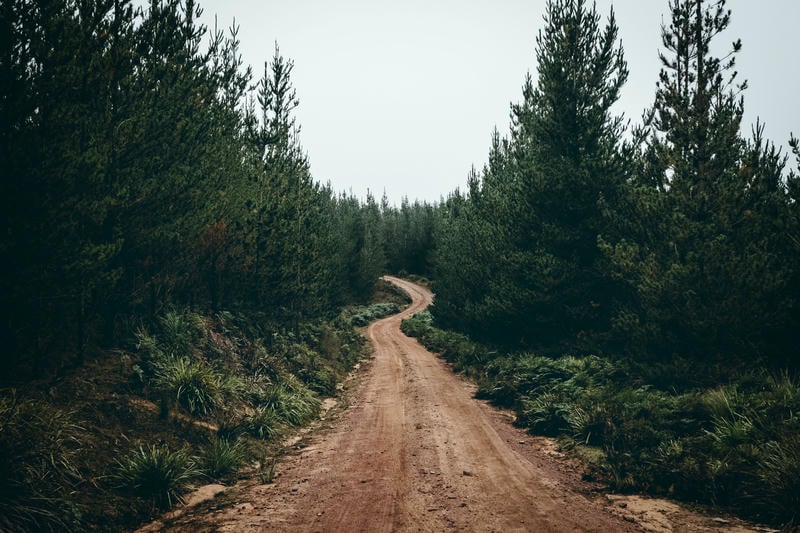About No Till
Embracing no-till or no-dig gardening methods nurtures a vibrant, resilient, and self-sustaining soil ecosystem. By protecting the delicate balance of microbial life and preserving the invaluable networks of mycorrhizal fungi, you create a fertile environment for your vegetable crops to flourish. In the arid Karoo, this approach can be particularly beneficial, but it’s significant anywhere else, ensuring that your soil retains moisture and nutrients, thus supporting a bountiful harvest. Nature does not till, it breaks, cracks and drills the ground (and even rocks) by using acids & roots amongst other things.
Microbial Biodiversity and tilling
Microbial Diversity
No-till practices significantly enhance microbial diversity.
- Soil Health: Diverse microbial communities break down organic matter, recycle nutrients, and promote healthy plant growth.
- Disease Suppression: A diverse microbial environment can outcompete and suppress soil-borne pathogens, reducing disease incidence.
- Plant Growth: Beneficial microbes produce growth hormones and improve nutrient availability, bolstering crop yields.
Mycorrhizal Fungi
These are a special group of fungi that form symbiotic relationships with plant roots. They are essential for:
- Nutrient Uptake: Mycorrhizal fungi extend the root system, allowing plants to access water and nutrients (especially phosphorus) more efficiently.
- Soil Structure: They produce glomalin, a glycoprotein that helps bind soil particles together, improving soil structure and stability.
- Drought Resistance: Enhanced root systems improve water uptake, making plants more drought-resistant.
So how does tilling/ploughing/digging affect these?
- Disruption of Soil Structure: Tilling breaks up soil aggregates, leading to compaction and poor water infiltration.
- Disturbance of Microbial Communities: The mechanical disturbance from tilling disrupts the habitat of soil microorganisms, reducing microbial diversity.
- Damage to Mycorrhizal Networks: Tilling severs the hyphal networks of mycorrhizal fungi, hindering their ability to assist plants with nutrient and water uptake.
- Increased Erosion and Runoff: Bare, tilled soil is more susceptible to erosion and runoff, leading to nutrient loss and degradation of soil quality.
Ever notice how tilled, disturbed soils tend to need more (artificial) chemicals like pesticides and fertilisers? Even worse, at times, we see farm fields left bare in the sun, to dry out and heat up. This is a no-no for any survival, from beetles, predatorial insects (like wasps and spiders) right down to the microbes.
Let’s look at the effects of thermal instability in soil (extreme heat or cold), moisture loss (due to exposed, hot soil) and artificial fertilisers and pesticides. A mere gram of healthy soil, contains thousands of species of bacteria. Many of them die off in these unnatural conditions.

Importance of Soil Temperature and Moisture Regulation
Soil Temperature
- Optimal Growth: Soil temperature affects seed germination and root growth. Most vegetables prefer soil temperatures between 15-30°C (59-86°F).
- Microbial Activity: Beneficial soil microbes, such as Pseudomonas and Bacillus, thrive within a specific temperature range. Too cold or too hot, and they become less active, impacting nutrient cycling.
Soil Moisture
- Nutrient Availability: Water dissolves nutrients in the soil, making them accessible to plant roots. Without adequate moisture, plants can’t take up essential nutrients.
- Microbial Life: Soil bacteria and fungi need moisture to survive and perform their roles. For example, Rhizobium bacteria, essential for nitrogen fixation, need moist conditions to thrive.
Exposed Soil and Soil Death
When soil is left bare and exposed:

- Erosion: Wind and water can wash away topsoil, the most fertile layer containing organic matter and nutrients.
- Temperature Fluctuations: Exposed soil heats up and cools down more quickly, stressing plants and microbes.
- Moisture Loss: Without a protective cover, soil loses moisture rapidly, leading to dry, compacted soil that’s hard for roots to penetrate.
Practical Steps for Growing Healthy Soil
- Cover Crops: Planting cover crops like clover or rye keeps soil covered, preventing erosion and adding organic matter. Always cover, never bare, no nudes. Even if you plan to not use a garden, then leave a living root in there. The soil wins and then you win as you come back to a thriving ecosystem ready for your next crop.
- Mulching: Applying mulch (e.g., straw, leaves, woodchips, bark…) helps retain moisture, regulate temperature, and provide habitat for beneficial organisms. If you can’t have a cover crop, then mulching is great. Do both if you can.
- Composting: Adding compost enriches the soil with organic matter and beneficial microbes. Make sure to compost your safe items, to avoid introducing microplastics, etc to your soil.
- Avoiding Tillage: No-till practices preserve soil structure and protect microbial habitats. Don’t dig, turn the soil, rip or plough. No-till is difficult initially, but it becomes an automatic system which will save you work, time and increase your yields massively.
Crack, Terminate, Cut, Let it Be…
Don’t forget, you can use almost anything that acts as a canopy, as a cover crop. From oats, to triticale, many creepers, densely sowed rootcrops and more. What are the extra benefits of using a cover crop that also fixates nitrogen from the air for you (like legumes), eliminating the need to amend with artifical nitrogen fertilisers (and avoiding microbe genocide). Perhaps, a root crop that can drill and aerate your compacted soil, like radish? How about sequestrating carbon; help solve the climate problem by sinking carbon dioxide into the ground (Carbon and Oxygen), and keep it there where it belongs and came from?
Once you’re done and ready for the next crop, you can cut the crop down, and leave it as mulch for the next rotation (chop and drop). You could also time your crop by planting it at the wrong time (on purpose) and letting frost terminate it for you. To prepare and improve your soil, apply your chosen amendments (be it compost, or home-made fertiliser or gypsum to help with sodium load/sodic soil) and then BROAD FORK your soil. This simply cracks the soil, leaving all fungal networks intact.

We can go on forever on this topic, it is dear to my heart, but let’s leave it there for this post. Small bits at a time. By focusing on soil health, we can create an environment where plants can thrive naturally. Healthy soil provides the nutrients, moisture, and support plants need, leading to more resilient and productive crops.
In essence, think of your soil as a living ecosystem. Nurture it, and it will reward you with bountiful harvests.

